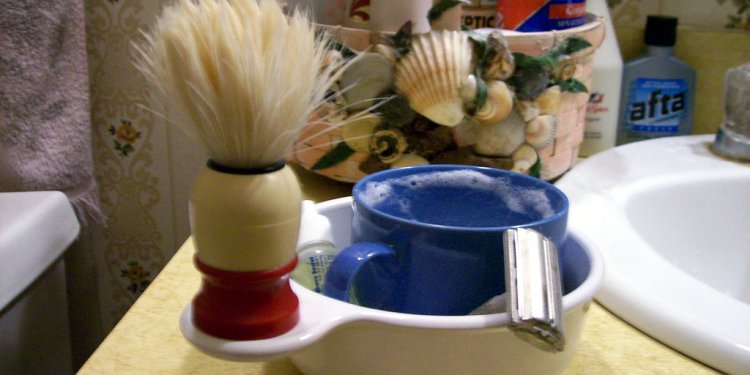
Burma Shave brush
 The writer of this interesting and seminal article is Zach, it appeared on a forum a while ago and is paid with switching the attitude of the shaving neighborhood towards boar brushes. Recent deletions and shenanigans typical of shaving forums have actually persuaded Zach to own this published here so it can have a safe home also to attain a wider audience:
The writer of this interesting and seminal article is Zach, it appeared on a forum a while ago and is paid with switching the attitude of the shaving neighborhood towards boar brushes. Recent deletions and shenanigans typical of shaving forums have actually persuaded Zach to own this published here so it can have a safe home also to attain a wider audience:
A beginner’s help guide to boar brushes
Boar bristles are very simple to come across, and cost less than badger, which can be a protected species in a lot of parts of the world. the principal supplier of boar bristle is China, but there is a fair amount sourced from India and from Russia too. Boar bristles are thicker and more powerful than badger, yet not nearly as flexible. Boar bristle will absorb water, whereas badger will lose water; badger, however can take more liquid than boar, likely as a result of surface stress and water’s destination on greater amount of the finer hairs in badger brush. If you shake them completely, but they'll both stop trying all of the water they held (without the amount that the boar bristles have actually absorbed).
the principal supplier of boar bristle is China, but there is a fair amount sourced from India and from Russia too. Boar bristles are thicker and more powerful than badger, yet not nearly as flexible. Boar bristle will absorb water, whereas badger will lose water; badger, however can take more liquid than boar, likely as a result of surface stress and water’s destination on greater amount of the finer hairs in badger brush. If you shake them completely, but they'll both stop trying all of the water they held (without the amount that the boar bristles have actually absorbed).
Unlike the many grades of badger tresses, boar bristles are not classified because of the part of the boar these are typically retrieved from. There's no frequently accepted methods to classify bristle. Primarily we are able to explain boar bristles since:
Primarily we are able to explain boar bristles since:
Unbleached (natural bristles, which is often yellowish or brown or gray)
Bleached (all-natural bristles which were bleached white)
Sketched (normal bristles bleached white then dyed with a stripe to resemble badger)
Clipped (instead of being created, these brushes tend to be clipped to help make the curved light bulb)
Here's a picture, with L-R sketched blond, dyed white, blond no sketch

















